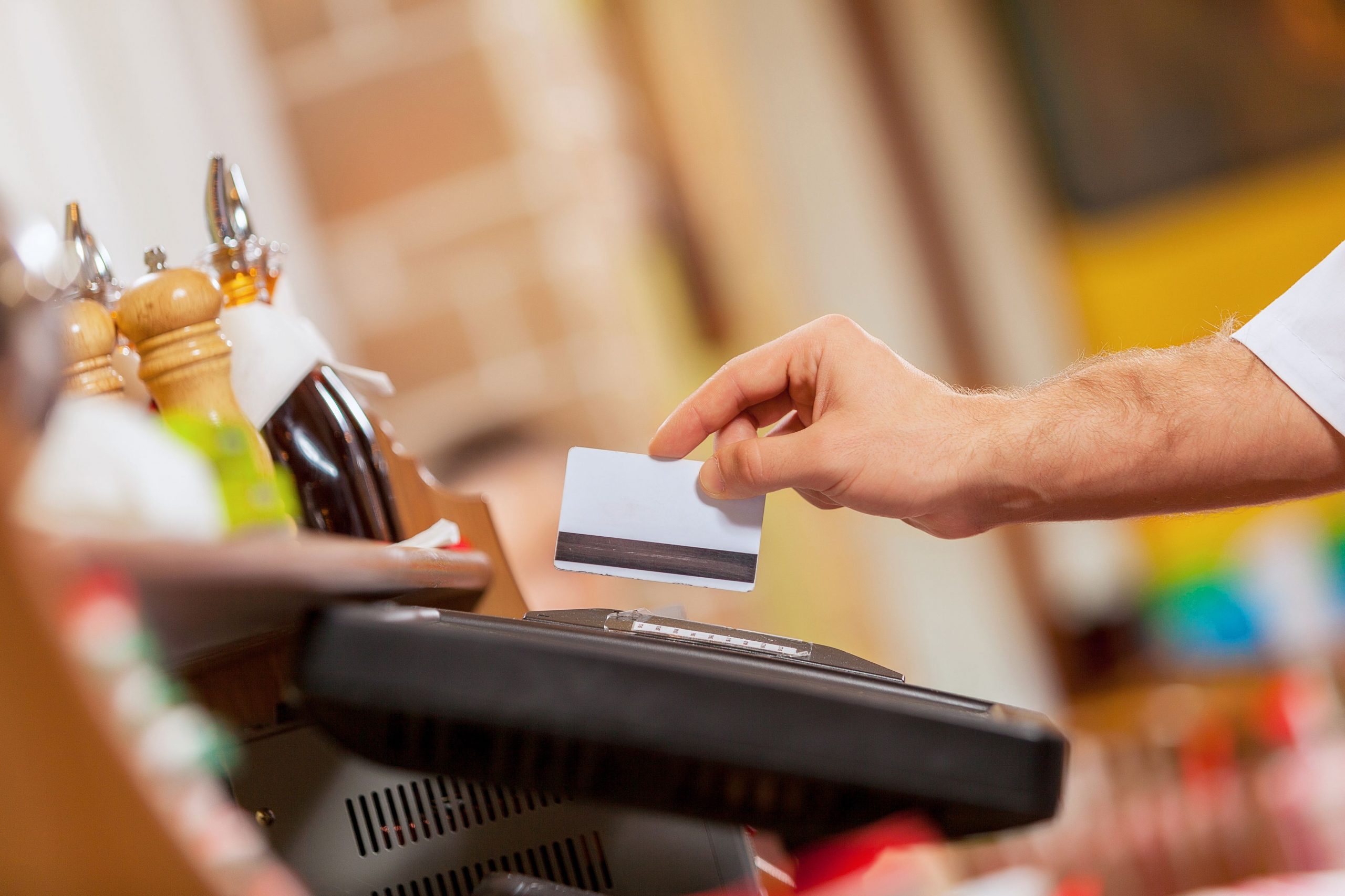
Does your small business only accept certain kinds of credit cards? Are your point-of-sale systems a decade out of date? Do you perform business services for customers, and then wait weeks to send them an invoice (by snail mail)?
Here are seven ways your old-fashioned approach to accepting payments could be hurting your company’s sales.
1. It’s wasting money and time.
Mailing out invoices or bills costs you time and money to print out the invoices, stuff the envelopes and put on stamps (or to pay an employee to do all that). Then there’s the time wasted waiting for the payments to come, opening those envelopes and depositing the checks. If you accept electronic payments, you get the money in your account instantly and, if you connect your accounting software to your business bank account, you can get updated figures instantly, too.
2. It’s slowing down payments.
Performing a service, going back to the office, printing and mailing an invoice, then waiting weeks for payment to come back in the mail means the money spends more time in transit than it does in your business bank account. You can put your business to work for you faster by using modern payment methods such as invoicing electronically and accepting payment cards or online payments. If you own a business that visits customers’ homes or offices to perform services, such as a landscaper or a carpet cleaner, look into invoicing apps that enable you to create and present invoices from your tablet or smartphone right in the customer’s home or office.
3. It’s making your business look outdated.
Millennials, especially, have grown up using banking apps on their smartphones, using financial management apps on their smartphones and using payment cards, not cash. If they want to pay for your products or services with their smartphones or their cards, you’d better be able to make it happen, or risk losing their business.
4. It’s not offering customers choices.
Today’s consumers have more choices than ever about where to spend their money, so if your business isn’t offering them the options they want, it’s simple for them to go elsewhere. That includes choices about how to pay. Some people prefer to pay with cards because they hate carrying cash. Others want the ultra-convenience of mobile payment tools like Apple Pay. The smart small business owner will provide as many options as possible to attract as many customers as possible.
5. It’s putting your business at risk.
Cash can be lost or stolen, while payments made by payment cards go into your bank account instantly–no worry about employee theft or burglary. There’s an even bigger risk if you don’t migrate over to EMV technology: Starting October 15, businesses without credit card terminals that use EMV chip technology will be liable for fraud losses.
6. It’s limiting your customer base.
Small business owners today have more options for accepting payments than ever before. If you sell products at a mobile location—for instance, you run a food truck or sell handmade jewelry at local crafts fairs and events—you used to be limited to taking cash only. That meant lots of unhappy customers without enough cash on hand to buy from you—and lots of lost sales. Now, you can use mobile payment apps to swipe credit or debit cards right on your smartphone or tablet. This opens up a world of opportunities for customers to make impulse purchases—and for you to make money.
7. It’s limiting your average sale.
Customers who use payment cards spend more money on average than those who use other forms of payment (cash or check). By accepting payment cards, you’re making it easy for customers to impulse buy or stock up without being limited by their cash on hand. Why set a limit on what customers can spend?
Are you ready to modernize the way your business accepts payments?








